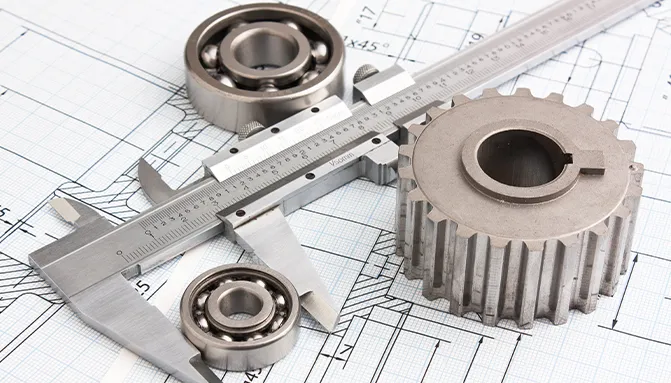Mobile:+86-311-808-126-83
Email:info@ydcastings.com
French
low pressure aluminum casting
Low Pressure Aluminum Casting An Overview
Low pressure aluminum casting is a widely used manufacturing process known for producing high-quality aluminum components with excellent surface finishes and dimensional accuracy. The technique leverages the principles of gravity and controlled pressure to ensure effective metal flow within the mold, minimizing defects and enabling the casting of intricate designs.
The Process of Low Pressure Aluminum Casting
The process begins with the creation of a mold, typically made from high-strength materials capable of withstanding the pressures exerted during casting. Molds can either be permanent or made from sand, depending on the requirements of the part. Once the mold is prepared, molten aluminum is poured into a holding furnace, where it is heated to reach the desired pouring temperature.
What sets low pressure casting apart from other methods, such as sand casting, is the application of pressure to fill the mold. In low pressure aluminum casting, the furnace is positioned below the mold, allowing atmospheric pressure to push the molten aluminum upward. A low pressure (usually between 0.5 to 2 bars) is introduced, and as the metal fills the mold, it displaces any air pockets, ensuring a complete and uniform fill.
Advantages of Low Pressure Aluminum Casting
One of the primary advantages of low pressure aluminum casting is its ability to produce parts with exceptional mechanical properties. The process allows for better control over the microstructure of the aluminum, leading to tighter tolerances and reduced porosity compared to traditional casting methods. This results in components that exhibit greater strength, corrosion resistance, and overall durability.
low pressure aluminum casting

Moreover, low pressure casting facilitates the production of complex geometries that might be challenging to achieve with conventional techniques. The process is particularly beneficial for manufacturing components such as automotive parts, aerospace components, and various industrial applications, where intricacy and precision are paramount.
Another significant advantage is the reduction of metal waste. Since the process allows for better control over the amount of aluminum used and minimizes spills, it is often more cost-effective in the long run. Companies can reduce material costs while still maintaining high-quality production standards.
Applications of Low Pressure Aluminum Casting
Low pressure aluminum casting finds its applications in numerous industries. In the automotive sector, it is highly favored for engine blocks, transmission cases, and other structural components that require high strength-to-weight ratios. The aerospace industry also benefits from low pressure casting, as it enables the manufacturing of lightweight yet durable components essential for aircraft performance.
The versatility of low pressure aluminum casting extends to consumer goods, electronics, and various industrial machinery, where reliable and high-quality aluminum parts are essential.
Conclusion
In conclusion, low pressure aluminum casting is a sophisticated manufacturing technique that combines efficiency and high-quality outcomes. Its ability to produce complex, high-strength components with minimal waste makes it a preferred choice in many industries. As technology advances, it is expected that the low pressure casting process will continue to evolve, leading to even greater innovations in metal casting and the development of new applications for aluminum components. This process not only enhances productivity but also contributes to sustainable manufacturing practices within the aluminum industry.











